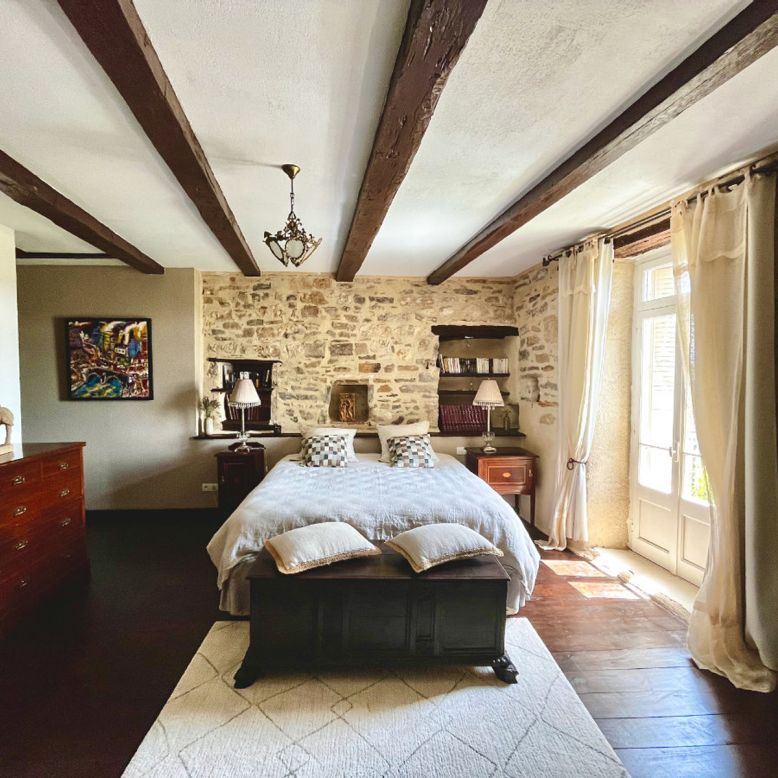- Home page
- Experiences to live
- Culture and Heritage
- The Tarn Aveyron in books, in movies and celebrities
- Culture and Heritage
- Experiences to live
The Tarn Aveyron in books, in movies and celebrities


Selection of books on Tarn, Aveyron and Tarn et Garonne
To discover the region and get informed, there is of course your favorite guide, the Tarn Aveyron Guide, but to go further, we offer you a non-exhaustive selection of quality works to consult without moderation.
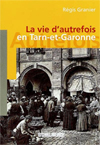
Life in the past in Tarn-et-Garonne, by Régis Granier, Sud-Ouest editions: for fans of yesteryear, you will find various facts, with a lot of humor and a really realistic dive into the life of formerly of this department.
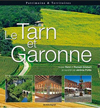
Le Tarn et Garonne, by René Gilabert and Jérôme Poitte, published by Un Autre Reg'art: a bit of history, heritage, beautiful photos and landscape explanations.
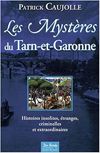
The Mysteries of Tarn-et-Garonne, by Patrick Caujolle, published by De Borée: An original and pleasant read, with lots of funny little stories, sometimes unusual but always mysterious...

Le Pastel en Pays de Cocagne, by Chantal Armagnac, published by Bleu Pastel: We don't speak indirectly of the territory of the Tarn, it's a walk alongside pastel, this tinctorial plant which has made the economic wealth of an entire region at a time. A colorful journey!
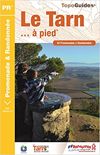
The Tarn on foot: 52 walks and hikes, from the French Hiking Federation: A book that will appeal to walkers, to find a multitude of small attractive paths, small and large hikes, in short enough to travel the Tarn up and down and across.
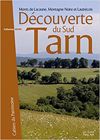
Discovery of the South Tarn, by Catherine Rèfre, published by Un Autre Reg'Art: On the way to the Montagne Noire and the Monts de Lacaune! Photos, heritage, history, you will find all the information you need to literally explore these landscapes, before setting foot there or after!
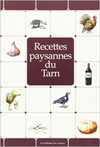
Peasant recipes from the Tarn, by Richard Violle, published by Le Curieux: Here you go, simple and traditional recipes, delivered by locals with all their know-how and their love of regional products. A book to put in all the stoves.
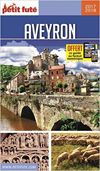
Le Petit Futé Aveyron: With its small size, to take everywhere to always have a cultured and informed view of the landscapes, heritage, culture but also the good addresses of Aveyron. A must have.
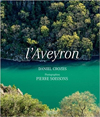
L'Aveyron, by Daniel Crozeset Pierre Soissons, published by Rouergue: a beautiful book to discover magnificent images of one of the most beautiful departments in France. From the Larzac plateaus to vertiginous gorges, beautiful images and moving texts.
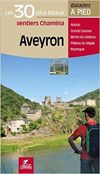
Aveyron the 30 most beautiful trails, Chamina editions: Enough to feed your desire for a walk. Through the plateaus, the bastides, the small paths, the valleys, everywhere you will find paths to walk and thanks to this book, you know where you are going!
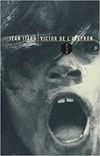
Victor de l'Aveyron, by Jean Itard, Allia editions: Victor is a wild child who was found in the woods of Aveyron in January 1800. He fascinated the press and readers of the time and generated at the same time of frustration by his silence. Doctor Jean Itard does not abandon the young boy, he takes care of him and records his efforts and his progress in several essays, published here.
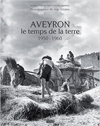
Aveyron, the time of the earth: 1950-1960, by Valaison Marie-Claude and Jean Rebière, Rouergue editions: A magnificent book of authentic photographs from this decade, which paints the portrait of a peasant family of the time. An astonishing testimony by its details and its beauty.
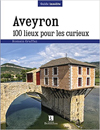
Aveyron: 100 places for the curious, by Romain Gruffaz, published by Bonneton insolite: A very practical book for those who want to see things that make people "Wow" or are out of the ordinary. We go straight to the point, we are heading towards wonder!
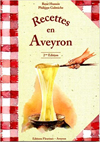
Recipes in Aveyron, by René Husson, Philippe Galmiche and Christiane Galmiche, Fleurines editions: Here you go, the perfect book to crown this bibliography, you will not lack ideas and good recipes for cooking Aveyron, this department rich in exceptional products and wonderful recipes...
Speaking of which, have you checked out our recipe ideas?
Films not to be missed, in relation to Tarn, Aveyron and Tarn-et-Garonne
The Tarn and the Aveyron and in general the former Midi-Pyrénées region, are very favorable places for the installation of film sets. Magnificent landscapes , remarkable heritage , hundreds of castles and a rather mild climate . This is why French and also foreign cinema are rich in filming in these lands. Here is a brief, non-exhaustive overview.
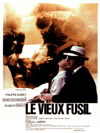
Le Vieux Fusil, a 1975 film by Robert Enrico starring Philippe Noiret and Romy Schneider, was shot partly in the castles of Bruniquel and some scenes in Montauban.
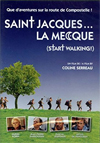
Partly shot in Aveyron and Tarn-et-Garonne, Saint-Jacques... La Mecque is a 2005 film directed by Coline Serreau.
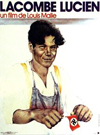
Lacombe Lucien, by Louis Malle, made in 1974 was partly shot in Tarn-et-Garonne.
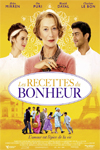
The Recipes of Happiness is an American film by Lasse Hallström, whose plot takes place in Saint-Antonin-Noble-Val. It was also there that it was filmed. It depicts the story of the quarrels of 2 families of restaurateurs.
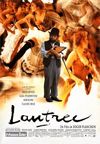
Film on the life of a painter born in Albi in 1864: Lautrec is a biopic on Henri de Toulouse Lautrec, painter of great fame and small stature. His wacky life is depicted in this film. Don't miss the museum dedicated to him in Albi!
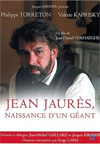
Jaurès, the birth of a giant, is a TV movie released in 2005 by Jean-Daniel Verhaeghe. It is a biopic of the life of Jean Jaurès who stood up alongside the workers and against excessive capitalism. Jaurès was an important character in the Tarn, he was the deputy of Carmaux and supported the fight of the miners of Cagnac-les-Mines.
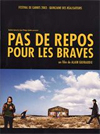
No rest for the brave, is a film by Alain Guiraudie, quite original and which benefits from the magnificent landscapes of Aveyron. It's a dramatic comedy presented as a kind of waking dream... quite disjointed but which in the end is rich in lessons on the fatality of life.
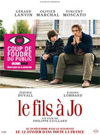
Film shot in the Tarn, near Gaillac, Le Fils à Jo, by Philippe Guillard is a popular comedy with Gérard Lanvin. This is the story of a father who wants to pass on his passion for rugby to his son.
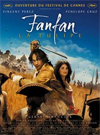
The film Fanfan la Tulipe, in its 2003 version, directed by Gérard Krawczyk, with Vincent Perez, Pénélope Cruz and Didier Bourdon was shot in the town of Najac, at the Château des Bourins and at the Château de Plessis-Bourré.
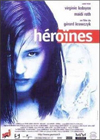
The film Héroïnes by Gérard Krawczyk with Virginie Ledoyen was partly shot in Decazeville, it is also there that the plot revolves around two friends who are surprised by success in a musical context.
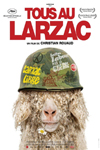
A documentary film on the Larzac struggle, Tous au Larzac was shot in Aveyron (of course!) and was very well received by the public in 2011. It was directed by Christian Rouaud and retraces the 11 years of conflict and of peasant struggle around the military training camp at Larzac. A must see !
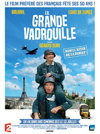
Part of the 1966 film La Grande Vadrouille with Louis de Funès and Bourvil, by Gérard Oury, was shot in Avyeron, in the chao of Montpellier-le-Vieux.
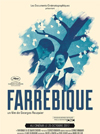
A very beautiful documentary film, Farrebique, was made by Georges Rouquier in 1947, on the life of a peasant family after the war, in Aveyron, near Goutrens. It gave rise to a sequel in 1984: Biquefarre.
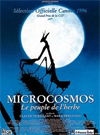
A fascinating documentary on the life of insects, which will appeal to children and which is at the origin of the creation of the Micropolis park in Aveyron: Microcosmos, the people of the grass was shot in 1996, by Claude Nuridsany and Marie Pérennou .
Famous people who left their mark on Tarn, Aveyron and Tarn et Garonne
They are famous, they have marked history by their deeds or their lives, they are recognized and will remain etched in our memories, here are some of the famous past or more contemporary figures who are part of our territories.
In Tarn-et-Garonne:
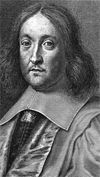
Pierre de Fermat is a mathematician, who was born in Beaumont-de-Lomagne in Tarn-et-Garonne and dedicated his life to culture and science: poets, physicist, magistrate...
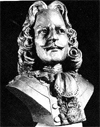
Antoine Laumet, or Antoine de Lamothe-Cadillac is the founder of the city of Detroit in the US, you will find his birthplace transformed into a museum in Saint-Nicolas de la Grave in Tarn-et-Garonne.
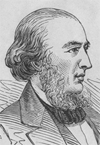
Léon de Maleville was a politician born at the beginning of the 19th century in Montauban, he was a senator, vice president of the national assembly and minister of the interior.
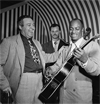
Hugues Panassié is a jazz musician and journalist, he spent part of his life in Tarn-et-Garonne. In Villefranche-de-Rouergue, you will find a very rich media library on Jazz thanks to the purchase, by the municipality, of the collection of Hugues Panassié.

Marcel-Lenoir or Jules Oury (his artist name) is a painter-draughtsman born in Montauban and died in Montricoux, who had the particularity, although achieved by the celebrity of his life, of living in a great chosen frugality. At the Château de Montricoux there is a museum of his work.
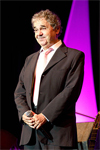
Pierre Perret, famous French singer-songwriter, was born in Castelsarrasin.
In the Tarn:
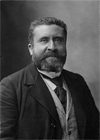
Jean Jaurès, politician who opposed the outbreak of the 1st World War, supported the cause of the workers and in particular of the miners in the Tarn, was born in Castres. He was a deeply pacifist man, who supported causes, stood up against injustice and worked for his anti-capitalist beliefs until his assassination in 1914.
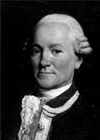
Jean-François de La Pérouse, born near Albi, was a French explorer of the 18th century. He was also a naval commander and participated in the American War of Independence.

Another explorer, contemporary this time, Jean-Louis Étienne, was born in the Tarn. He is a doctor and fascinating adventurous pedagogue. He made many expeditions to the poles.
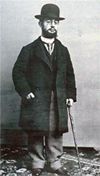
The painter Henri de Toulouse-Lautrec was born in Albi, where a museum is dedicated to him. His abundant and lively work is matched only by the facetious character of this character.
Pierre Fabre, is a pharmacist born in Castres and founder of a large pharmaceutical group which bears his name and whose headquarters are in Castres.
In Aveyron:
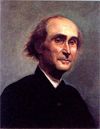
Jean-Henri Fabre, was born in 1823 in Aveyron, he is a remarkable man of science, who excelled in many fields, he was also an academician.
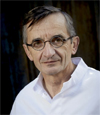
Michel Bras is a starred gourmet restaurant chef who opened a very famous restaurant in Laguiole.

Cyril Lignac , chef and television show host, was born in Rodez.
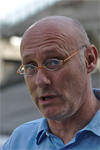
Bernard Laporte, Rugby player and coach, is from Aveyron.
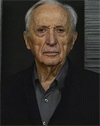
Pierre Soulages is a painter and engraver, born in Rodez in 1919. He began his career by representing his native land of Aveyron, then concentrated on painting the abstract and variations around dark colors. A museum is entirely dedicated to him in Rodez.

Danielle Dastugue is the editor and creator of Éditions du Rouergue, which publishes magnificent books. If she is not originally from Aveyron, she is by adoption and strives to enhance the value of this department and its culture through various associative and economic actions.
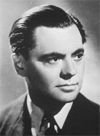
Jean Moulin, icon of the Resistance, was prefect of Aveyron in 1937.
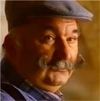
Maurice Astruc is a master cheese maker. He is known because he was the muse of the Roquefort Société brand, with his big mustaches. But he was not just a television character, he was truly an ambassador for this cheese, which he promoted at fairs and during festive presentations.
If you are interested in this subject, do not hesitate to obtain the very beautiful book "Famous men and women of Aveyron" , published by Bonneton, by Robert Taussat.

